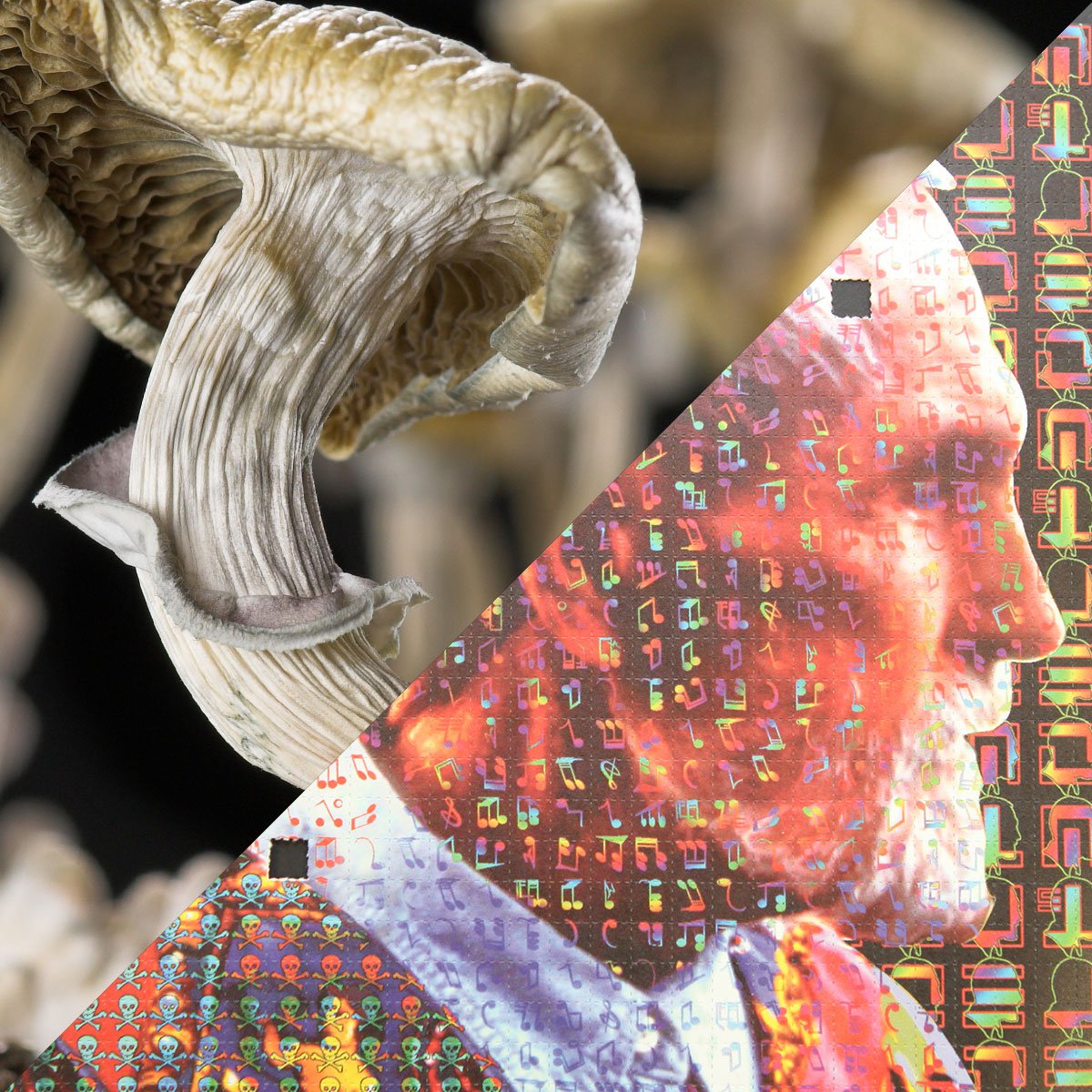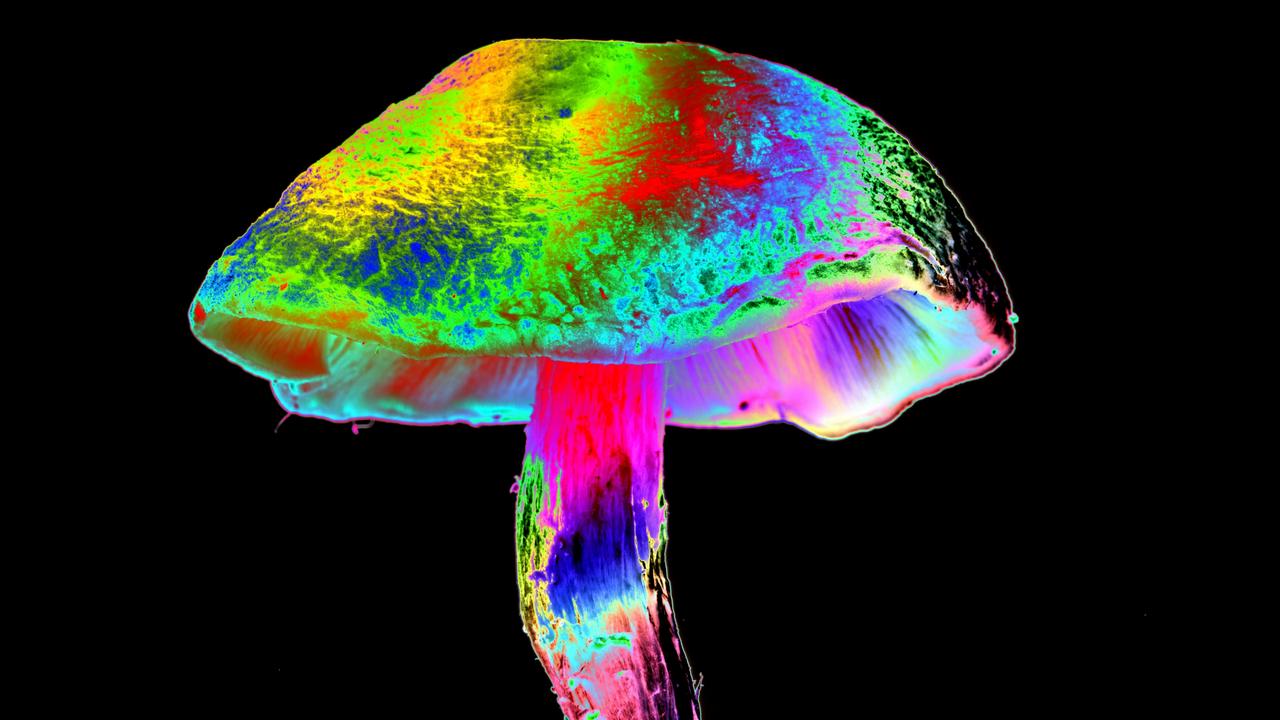Everything About Psychotomimetic Compounds: Their Duty in Psychological Study
Psychotomimetic compounds, such as LSD and psilocybin, have garnered increasing passion in mental research for their ability to replicate psychotic symptoms and supply understanding into various mental health problems. Their interactions within the brain, especially via serotonin and dopamine paths, suggest a complicated connection in between awareness and neurobiology that may open novel healing avenues. As researchers proceed to investigate their possible applications, moral considerations bordering their use in medical setups end up being paramount, elevating vital concerns concerning security and educated consent that necessitate more exploration.
Meaning of Psychotomimetic Substances
In the world of emotional study, psychotomimetic substances are materials that can cause effects resembling those of psychosis, such as hallucinations, misconceptions, and altered assumptions of truth - About Golden Psycho. These compounds can be identified right into numerous categories, consisting of hallucinogens, dissociatives, and specific stimulants, each creating unique psychological impacts
The pharmacological activity of psychotomimetic substances frequently includes modulation of neurotransmitter systems, particularly those related to serotonin, dopamine, and glutamate. Materials like lysergic acid diethylamide (LSD) largely act on serotonin receptors, leading to extensive alterations in sensory assumption and cognition.
The utility of psychotomimetics in research hinges on their ability to mimic psychotic symptoms, offering a model for understanding the underlying mechanisms of psychotic disorders such as schizophrenia. By researching the results of these compounds, scientists can acquire insights into the neurobiological and mental processes that contribute to psychosis.
Moreover, psychotomimetic substances have been checked out for their healing capacity in treating different mental health and wellness problems, including clinical depression and anxiety, highlighting their double function in both research and possible medical applications.
Historical Advancement and Context
The expedition of psychotomimetic compounds has a rich historical context that goes back to old worlds, where substances such as psilocybin mushrooms and peyote were utilized in spiritual and healing techniques. These very early usages commonly intertwined with spiritual rituals, recommending an extensive respect for the modified states of awareness caused by these compounds.
The mid-20th century noted a considerable switching factor in the research study of psychotomimetic materials, specifically with the synthesis of LSD by Albert Hofmann in 1938. The subsequent popularization of LSD in the 1960s militarized a wave of passion in both its emotional impacts and prospective therapeutic applications. Researchers began to investigate just how these substances could simulate psychotic states, supplying understandings into mental health problem.
Nonetheless, the increasing association of psychotomimetics with counterculture activities brought about regulatory reaction, culminating in the criminalization of much of these substances. In spite of these difficulties, the revival of interest in the restorative capacity of psychedelics in the 21st century has triggered restored research study. This historical trajectory highlights the advancing perception of psychotomimetic compounds, transforming from sacred compounds to topics of clinical questions and, possibly, healing guarantee.
Devices of Action
Comprehending the mechanisms of activity of psychotomimetic compounds discloses the detailed methods these compounds interact with the brain's neurochemistry. These substances primarily exert their impacts via inflection of natural chemical systems, especially serotonin, dopamine, and glutamate.
Along with serotonin, dopaminergic pathways are dramatically affected by compounds like mescaline and certain cannabinoids, which can bring about altered states More Bonuses of consciousness and adjustments in mood and inspiration. The NMDA receptor incongruity observed with materials like ketamine highlights one more path through which psychotomimetics might generate dissociative states and profound modifications in assumed processes.
The neurochemical waterfalls initiated by these communications lead to facility and diverse emotional effects. Recognizing these devices is important for both the development of psychological research and the restorative potential of psychotomimetic substances, as they offer understandings right into the underlying neural correlates of transformed states of consciousness.
Current Research and Applications
Current examinations into psychotomimetic compounds have actually exposed a revival of passion in their therapeutic applications, especially in the areas of psychiatry and psychology. Scientists have actually begun discovering compounds such as psilocybin, LSD, and ayahuasca for their potential to minimize signs and symptoms connected with numerous mental wellness problems, consisting of anxiety, anxiousness, and PTSD.
Clinical trials have actually demonstrated that, when provided in controlled atmospheres, these compounds can facilitate profound emotional experiences, advertising psychological advancements and improved healing outcomes. Research studies have revealed that psilocybin-assisted treatment can lead to substantial reductions in treatment-resistant depression, with impacts lasting for numerous months post-treatment.
Furthermore, psychotomimetic substances are being examined for their capability to cultivate neuroplasticity, possibly permitting even more efficient rewiring of maladaptive thought patterns. These searchings for suggest that such substances might act as accessories to standard psychotherapeutic techniques, improving the efficiency of therapeutic treatments.
As research study progresses, the emphasis is shifting in the direction of comprehending the optimal dosages, healing settings, and participant features that can optimize the benefits of these substances. This blossoming area holds guarantee for reinventing mental health and wellness treatment paradigms and addressing the limitations of traditional psychiatric medications.
Moral Factors To Consider in Study

Browsing the ethical landscape of study involving psychotomimetic compounds is critical to making certain participant security and the integrity of research study results. Researchers have to focus on enlightened permission, guaranteeing that participants fully comprehend the potential threats and advantages connected with the materials recommended you read being researched. This consists of giving detailed information concerning feasible mental effects, including acute and long-term impacts, and allowing participants the possibility to take out from the research study at any time without charge.
In addition, honest oversight by institutional review boards (IRBs) is essential. IRBs examine research protocols to guard participant welfare and support moral requirements. This scrutiny helps reduce threats and ensures that research studies are performed with scientific roughness. Furthermore, the possibility for browbeating have to be thoroughly analyzed, specifically when susceptible populations are entailed.
Discretion is another paramount consideration. Scientists need to carry out robust procedures to protect individuals' identifications and information, particularly given the delicate nature of experiences related to psychotomimetic compounds (About Golden Psycho). Eventually, a commitment to moral practices not only promotes count on in between researchers check out here and individuals yet likewise improves the reliability and credibility of the study results, contributing to the improvement of emotional expertise

Verdict
In conclusion, psychotomimetic compounds, particularly traditional psychedelics such as LSD and psilocybin, deal significant insights into emotional disorders via their unique mechanisms of activity. Their restorative capacity in addressing problems like stress and anxiety and PTSD underscores the relevance of continued research study in this field. Making sure honest standards in research study practices is important for individual safety and security and informed consent, allowing for a responsible expedition of these compounds' benefits and effects within emotional scientific research.